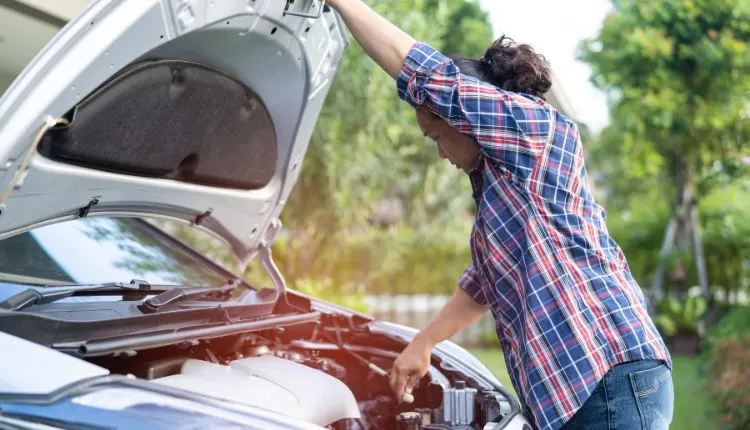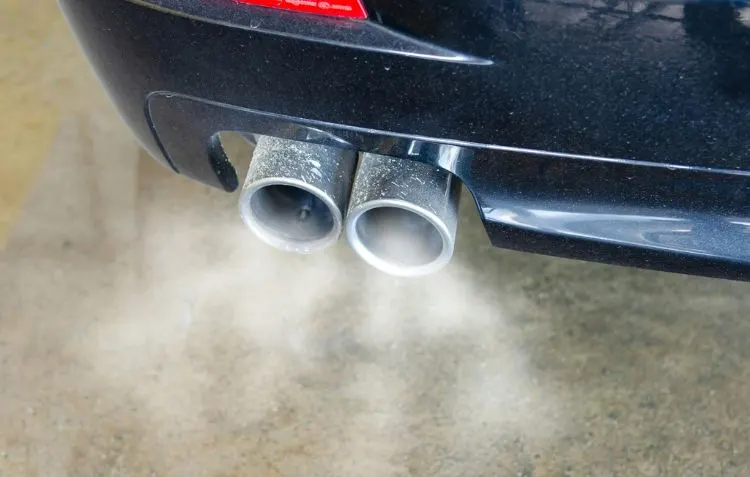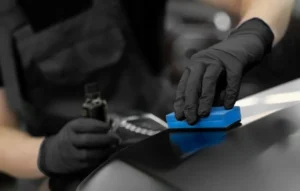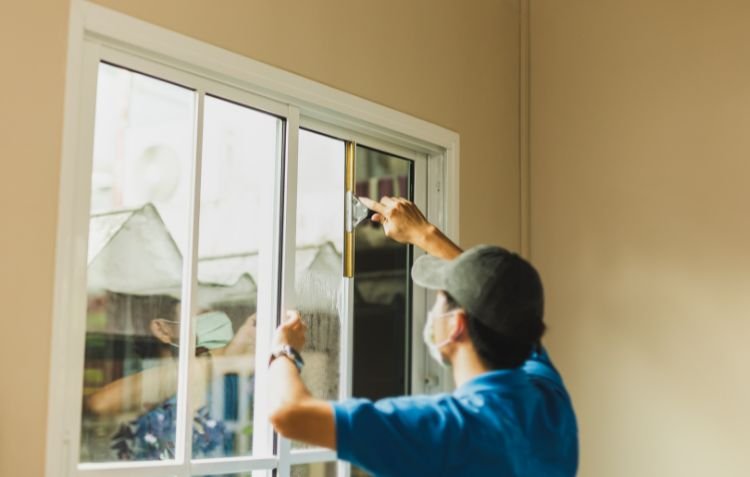Need to renew your registration but worried about smog testing delays? You’re not alone. Whether you’re in California, Ontario, Victoria, or the UK, emissions testing is a necessary step to keep your vehicle legally on the road and environmentally compliant. So, how long does a smog test take? In most cases, it’s quicker than you think—typically under 30 minutes for standard passenger vehicles, according to the California DMV.
A smog test checks how much pollution your vehicle emits and whether it meets local air quality standards. In places like California, it’s part of your biennial registration. In Ontario, it’s known as a Drive Clean test. In Victoria, Australia, it’s done before transferring ownership. In the UK, it’s part of the MOT emissions test.
This guide breaks down everything—from how long it takes, what affects the duration, how to speed it up, and what to do if your car doesn’t pass.
Table of Contents
ToggleWhat Is a Smog Test and Why Is It Required?
A smog test checks your car’s emissions to ensure it’s not releasing more pollutants than allowed. It’s a legal requirement in many regions and helps protect both public health and the environment.
Understanding the Purpose of a Smog Test
A smog test—also known as an emissions test—measures how much pollution your vehicle emits. The goal is to make sure cars and trucks stay within legal emissions limits. If a car emits too much nitrogen oxide (NOx), carbon monoxide (CO), or hydrocarbons (HC), it could fail the test. These gases contribute to smog, which harms air quality and public health.
Government agencies like the U.S. Environmental Protection Agency (EPA), Environment Canada, the DVSA in the UK, and the EPA in Australia require these tests to reduce smog and respiratory-related illnesses in urban areas.
Mechanics also point out that smog checks are useful for car owners. “It’s not just about compliance,” says Jim Harper, a certified emissions technician in California. “Failing a smog test often points to underlying issues like bad oxygen sensors or fuel system problems.”
Countries Where Smog Tests Are Common
- United States: Required in over 30 states. California leads with strict smog laws via the California BAR Program.
- Canada: Ontario phased out its Drive Clean in 2019, but still performs targeted testing for older, high-risk vehicles.
- United Kingdom: Emissions testing is part of the annual MOT test overseen by the DVSA.
- Australia: Smog tests aren’t as widespread but are required in areas like Victoria for certain used vehicles or modified cars per EPA Victoria.
So, How Long Does a Smog Test Take?
The smog test process is usually short. However, a few key factors—like your vehicle’s age or the type of test—can affect how long it takes.
Average Time Frame for the Test
For most cars, a standard smog check takes between 20 to 30 minutes, according to the California DMV and certified testing centers. If you drive a 2015 or newer model, the technician often only performs an OBD-II diagnostic scan, which checks the vehicle’s internal emissions system and can be done in under 15 minutes.
However, older vehicles—especially pre-1996 models or diesels—may require a tailpipe emissions test, visual inspection, and even fuel cap pressure checks, all of which take extra time. These tests are more hands-on and can stretch the time to about 40 minutes.
Here’s a simple breakdown:
| Vehicle Type | Test Type | Estimated Time |
| 2010+ Gasoline Car | OBD-II Only | 10–15 minutes |
| 1990–2005 Gasoline | OBD + Visual/Tailpipe | 25–30 minutes |
| Diesel Vehicles | Tailpipe + Visual | 30–40 minutes |
| Modified/Older Cars | Full Inspection | 35–45 minutes |
Factors That Affect the Testing Time
Several things can impact how fast your test is completed:
- Vehicle age and condition – Older cars often require more checks.
- Test type – OBD-only is quicker; tailpipe tests take longer.
- Station workload – Busy locations may have longer wait times.
- Warm-up status – Cold engines may trigger false failures or delays.
“Always arrive with the engine warm,” advises Luis Mendez, a licensed smog technician in Las Vegas. “A cold car can delay test results and possibly fail unnecessarily.”
You Might be Interested: How Long Does a Vehicle Inspection Take?
Smog Test Procedure: Step-by-Step
Smog checks may sound complicated, but the process is straightforward. Here’s a clear breakdown so you know exactly what to expect at the station.
Pre-Checks
When you pull in, the technician will:
- Confirm your Vehicle Identification Number (VIN) and registration details.
- Look for obvious visual issues like broken exhaust components, disconnected sensors, or engine warning lights.
- Check if your car is eligible for OBD-II-only testing or needs a more complete inspection.
Emissions Testing
The actual test depends on the vehicle’s year and region:
- OBD-II Scan: For cars made in 1996 or newer, this quick diagnostic check reads stored error codes and emissions data from the onboard computer.
- Tailpipe Test: Older vehicles or diesels get a probe inserted into the exhaust to measure pollutant levels directly.
- Fuel Cap & Visual Inspection: Some areas require checking the gas cap seal or inspecting the evaporative emissions system.
Result Printout
The test ends with a printout showing a pass or fail status. If you pass, you’re good to go. If not, you’ll receive data showing which part failed.
Example: A California driver in a 2015 Honda Civic will likely only get the OBD scan, which takes about 10–15 minutes. No tailpipe test needed, and results are printed on the spot.
Tips to Make Your Smog Test Faster & Smoother

Smog checks don’t have to be stressful or time-consuming. With a few smart steps, you can breeze through the test and avoid delays.
Before the Test: Smart Prep Makes a Big Difference
- Warm Up Your Engine: Drive at least 10–15 minutes beforehand. A warm engine runs cleaner and passes more easily.
- Check the Dashboard: If the Check Engine Light is on, you’ll automatically fail. Get the issue fixed first.
- Avoid Fuel Additives: Stick to standard gasoline or diesel—additives can affect emissions readings.
- Do Basic Maintenance: Replace dirty air filters, check oil levels, and ensure your gas cap seals properly.
- Choose the Right Time: Avoid weekends and go mid-week mornings for shorter wait times and quicker service.
Bonus tip: Use official smog station locators to find approved centers near you:
- California BAR Locator
- UK MOT Station Finder
- Ontario DriveON Program
- Australian Vehicle Inspection Stations
A little planning goes a long way. These tips not only save time but also increase your chances of passing on the first try.
What Happens If You Fail a Smog Test?
Failing a smog test isn’t the end of the road—but it does mean your vehicle needs attention before it can be registered again.
Common Reasons for Failure
- Oxygen Sensor Issues: These help monitor emissions—faulty ones throw off readings.
- Worn Spark Plugs: They affect engine combustion and can raise emission levels.
- Bad Catalytic Converter: It reduces harmful gases. A damaged one means automatic failure.
- Evaporative Leak (EVAP): Even a loose gas cap can cause system leaks and a failed test.
What to Do Next
- Repair and Retest: Fix the issue and return within 30 days—many centers offer a discounted or free retest.
- Repair Cost Waiver: In California and other regions, you may qualify for a waiver if repairs exceed a certain cost.
- Certified Help: Visit an emissions repair technician authorized by your region.
Example: A driver in Ontario failed due to a loose gas cap. After tightening it, they retested within 15 minutes and passed.
Official retest info:
- California Retest Info
- UK Retest Guidelines
- Ontario Retest Rules
- Australia Emissions Testing Info
Regional Variations: Time Differences by Country
Smog tests aren’t universal. The duration and frequency vary depending on where you live.
Smog Test Timelines by Region
- United States: Tests focus on emissions and OBD data. Most states require them every 1–2 years. In California, a basic test takes 20–30 minutes.
- United Kingdom: Part of the MOT test, which lasts about 45 minutes. Emissions testing alone usually takes 10–15 minutes.
- Canada (Ontario): Now does targeted testing for older or high-emitting vehicles. Quick spot-checks can take as little as 10 minutes.
- Australia: Less frequent but includes full inspection-based tests in certain states, which can last 30–60 minutes depending on the vehicle.
Authoritative sources:
- California BAR
- DVSA UK
- DriveON Ontario
- EPA Australia
Understanding your local regulations helps you plan ahead and avoid unnecessary stress.
Key Takeaways and Final Thoughts
Most smog tests take 15 to 30 minutes, depending on your car and location. Preparing your vehicle ahead of time—like warming it up, checking the dashboard, and doing simple maintenance—can save time and reduce your chances of failure.
Always check your region’s testing requirements and station hours. Smog tests aren’t just about paperwork—they help everyone breathe cleaner air. So don’t overthink it. Get your car ready, schedule a test, and drive with confidence knowing you’re helping the environment and staying road-legal.
If you found this guide about how long does a smog test take helpful, explore more insightful articles on lifestyle, business, and culture at The Fast Upload. Stay informed with engaging and well-researched content!
FAQs
Can I drive immediately after a smog test?
Yes, you can drive right away after passing a smog test; there’s no required waiting period.
Is the time the same for diesel cars?
Diesel vehicles may take slightly longer due to additional testing procedures, but typically complete within 30–40 minutes.
Do hybrids or EVs need smog checks?
Hybrids require smog checks after a certain age or during ownership changes; EVs are exempt as they produce no tailpipe emissions.
Can cold weather make the test take longer?
Yes, cold weather can extend test times as vehicles need to warm up to optimal operating temperatures for accurate emissions readings.
Does failing affect insurance?
No, failing a smog test doesn’t impact your insurance rates; it’s solely related to vehicle registration compliance.













